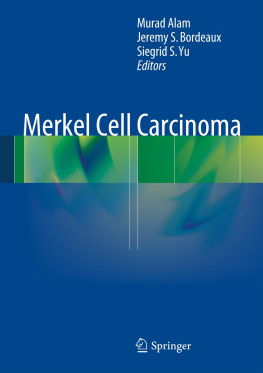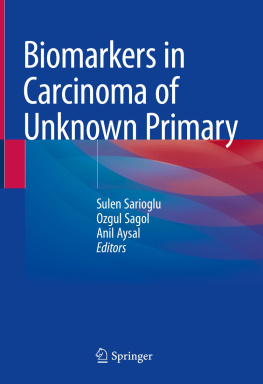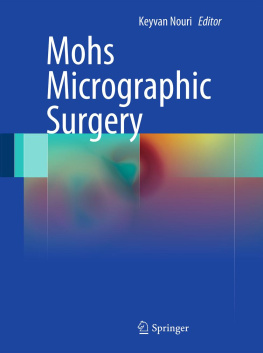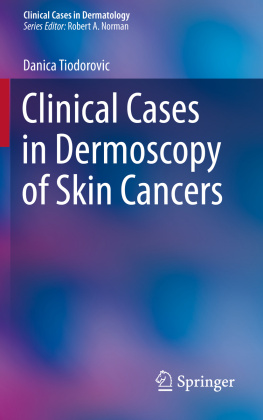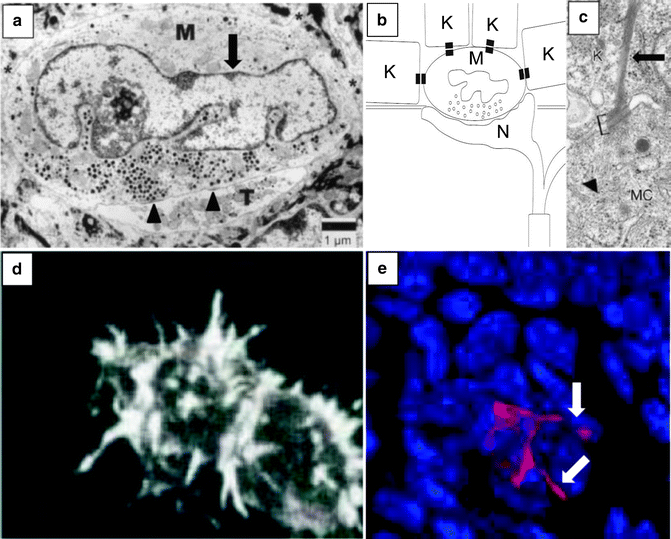Dr. Murad Alam MD (editor) - Merkel Cell Carcinoma
Here you can read online Dr. Murad Alam MD (editor) - Merkel Cell Carcinoma full text of the book (entire story) in english for free. Download pdf and epub, get meaning, cover and reviews about this ebook. year: 2013, publisher: Springer-Verlag New York Inc., genre: Detective and thriller. Description of the work, (preface) as well as reviews are available. Best literature library LitArk.com created for fans of good reading and offers a wide selection of genres:
Romance novel
Science fiction
Adventure
Detective
Science
History
Home and family
Prose
Art
Politics
Computer
Non-fiction
Religion
Business
Children
Humor
Choose a favorite category and find really read worthwhile books. Enjoy immersion in the world of imagination, feel the emotions of the characters or learn something new for yourself, make an fascinating discovery.
- Book:Merkel Cell Carcinoma
- Author:
- Publisher:Springer-Verlag New York Inc.
- Genre:
- Year:2013
- Rating:5 / 5
- Favourites:Add to favourites
- Your mark:
Merkel Cell Carcinoma: summary, description and annotation
We offer to read an annotation, description, summary or preface (depends on what the author of the book "Merkel Cell Carcinoma" wrote himself). If you haven't found the necessary information about the book — write in the comments, we will try to find it.
Merkel Cell Carcinoma is one of the first comprehensive, single-source clinical texts on the subject. Although not as common as melanoma, Merkel cell carcinoma is not rare - and it is both more deadly than melanoma and increasing at an epidemic rate. The book is clinical in focus and emphasizes treatment of this poorly understood cancer. Contributing authors include dermatologists, surgical oncologists, radiation oncologists, and medical oncologists from the US and around the world.
Features:
- Comprehensive single-source clinical reference
- Treatment focus
- Written for practitioners, with emphasis on clinical relevance and quick retrieval of information
- Contributing authors represent all disciplines involved in treatment of Merkel cell carcinoma: dermatology, surgical oncology, radiation oncology, and medical oncology
- International in perspective, with contributors from US and abroad
- Members of active Merkel Cell Carcinoma Multicenter Interest Group have authored some of the chapters
Dr. Murad Alam MD (editor): author's other books
Who wrote Merkel Cell Carcinoma? Find out the surname, the name of the author of the book and a list of all author's works by series.

